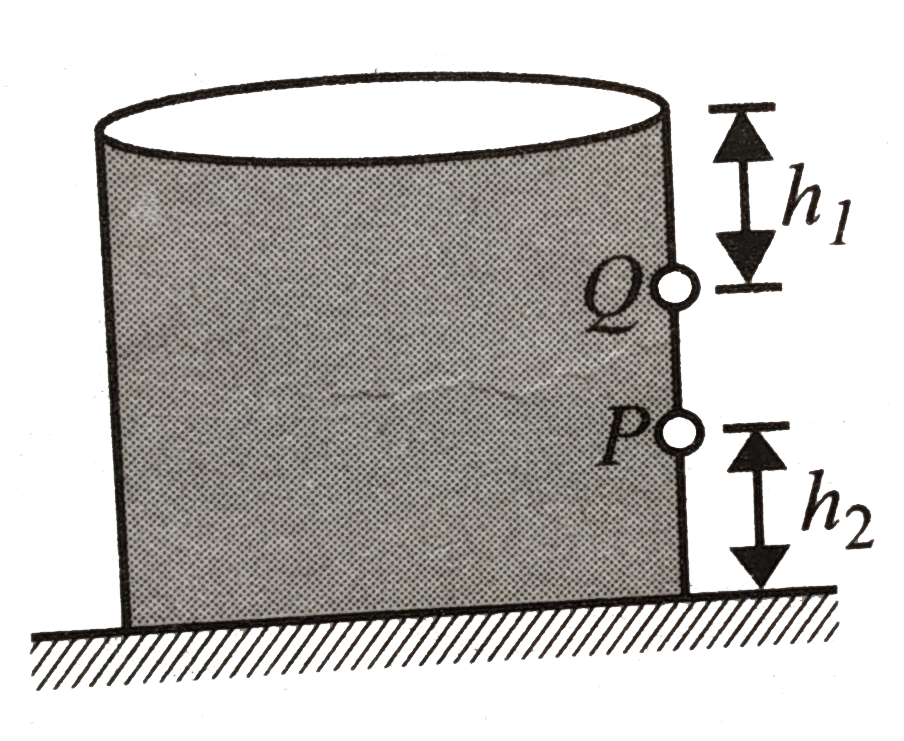Liberation of /foul smell in water of tanks, ponds, etc is due to
Anaerobiosis
Aerobiosis
Psammophytes
Biological magnification
The correct Answer is:A
Step-by-Step Solution:
1. Understanding the Question: The question asks about the liberation of hydrogen sulfide (H₂S) or foul smell in the water of tanks and ponds. We need to identify the cause of this phenomenon.
2. Identifying Key Terms: The key terms here are "liberation of H₂S" and "foul smell." We need to focus on what conditions lead to the production of these compounds in aquatic environments.
3. Analyzing the Options:
- Option A: Anaerobiosis - This refers to life in the absence of oxygen.
- Option B: Aerobiosis - This refers to life in the presence of oxygen.
- Option C: Haemophytes - These are plants that grow in sandy or desert conditions.
- Option D: Biological Magnification - This is the increase in concentration of substances in the tissues of organisms.
4. Evaluating Each Option:
- Anaerobiosis: In the absence of oxygen, certain bacteria decompose organic matter, leading to the production of H₂S, which causes a foul smell.
- Aerobiosis: This condition does not lead to foul smells, as oxygen is present, allowing for complete decomposition without producing H₂S.
- Haemophytes: These organisms are not related to the production of H₂S in water bodies.
- Biological Magnification: This process is unrelated to the foul smell or H₂S liberation in water.
5. Conclusion: The correct answer is Option A: Anaerobiosis. The foul smell and liberation of H₂S in tanks and ponds occur due to anaerobic conditions where bacteria break down organic matter in the absence of oxygen.
- Option A: Anaerobiosis - This refers to life in the absence of oxygen.
- Option B: Aerobiosis - This refers to life in the presence of oxygen.
- Option C: Haemophytes - These are plants that grow in sandy or desert conditions.
- Option D: Biological Magnification - This is the increase in concentration of substances in the tissues of organisms.
- Anaerobiosis: In the absence of oxygen, certain bacteria decompose organic matter, leading to the production of H₂S, which causes a foul smell.
- Aerobiosis: This condition does not lead to foul smells, as oxygen is present, allowing for complete decomposition without producing H₂S.
- Haemophytes: These organisms are not related to the production of H₂S in water bodies.
- Biological Magnification: This process is unrelated to the foul smell or H₂S liberation in water.
Topper's Solved these Questions
- ENVIRONMENTAL ISSUESBOOK - DINESH PUBLICATION ENGLISHCHAPTER - ENVIRONMENTAL ISSUESEXERCISE - Check your grasp
18 Videos
- ENVIRONMENTAL ISSUESBOOK - DINESH PUBLICATION ENGLISHCHAPTER - ENVIRONMENTAL ISSUESEXERCISE - Brain teasers-X
145 Videos
- ECHINODERMATABOOK - DINESH PUBLICATION ENGLISHCHAPTER - ECHINODERMATAEXERCISE - REVISION QUESTIONS
65 Videos
- EVIDENCES OF EVOLUTIONBOOK - DINESH PUBLICATION ENGLISHCHAPTER - EVIDENCES OF EVOLUTIONEXERCISE - CHECK YOUR GRASP
19 Videos
Similar Questions
Give balanced equations for the following reactions using sulphuric acid .
Oxidation of a foul smelling acidic gas , heavier than air and fairly solutble in H2O by conc . H2SO4.
View SolutionH2S is far more volatile than water because :
View SolutionMg liberates H2 on reaction with
View SolutionMg liberates H2 on reaction with
View SolutionIn a cylindrical water tank there are two small holes Q and P on the wall at a depth of h1 from the upper level of water and at a height of h2 from the lower end of the tank, respectively, as shown in the figure. Water coming out from both the holes strike the ground at the same point. The ratio of h1 and h2 is

View SolutionA cylindrical tank whose cross-section area is 2000cm2 has a hole in its bottom 1cm2 in area.
(i) If the water is allowed to flow into the tank from a tube above it at the rate of 140 cm3/s, how high will the water in the tank rise ?
(ii) If the flow of water into the tank is stopped after the above height has been reached, how long will it take for tank to empty itself through the hole?
View SolutionBond angle in H2O(104.5∘) is higher than the bond angle of H2S(92.1∘). The difference is due to

View SolutionT=R2r2√2hg
Suppose an open cylindrical tank has a round drain with radius t in the bottom of the tank. When the tank is filled with water to a depth of h centimeters, the time it takes for all the water to drain from the tank is given by the formula above, where R is the radius of the tank (in centimeters) and g=980cm/s2 is the acceleration due to gravity. Suppose such a tank has a radius of 2 meters and is filled to a depth of 4 meters. About how many minutes does it take to empty the tank if the drain has a radius of 5 centimeters? (1 meter=100 centimeter).
View SolutionA wooden cylinder of diameter 4 r, height H and density ρ/3 is kept on a hole of diameter 2 r of a tank, filled with water of density ρ as shown in the

If height h2 of water level is further decreased, then
View SolutionThe rain which falls on a roof 18m long and 16.5m wide is allowed to be stored in a cylindrical tank 8m in diameter. If it rains 10cm on a day, what is the rise of water level in the tank due to it?
View Solution
